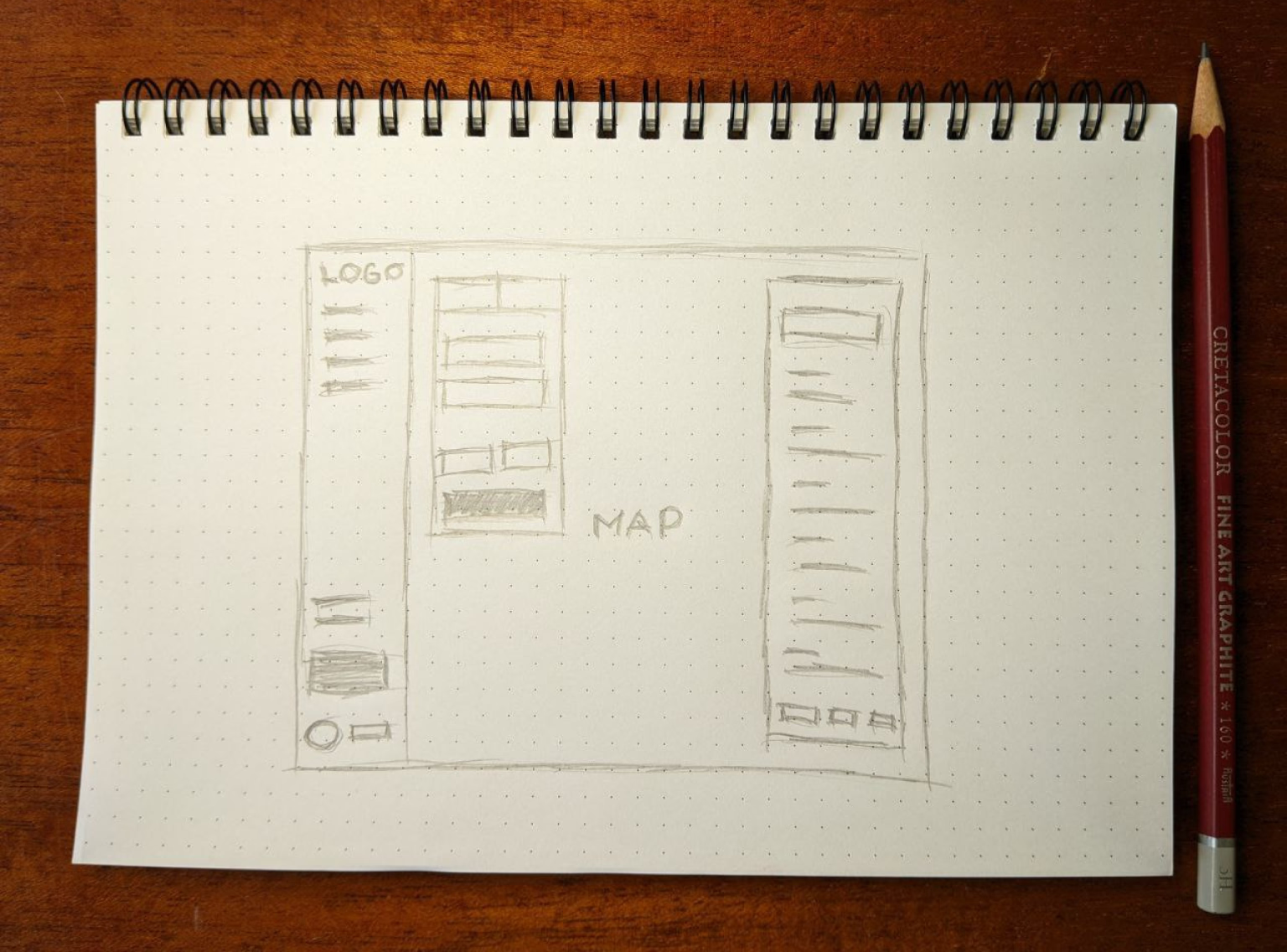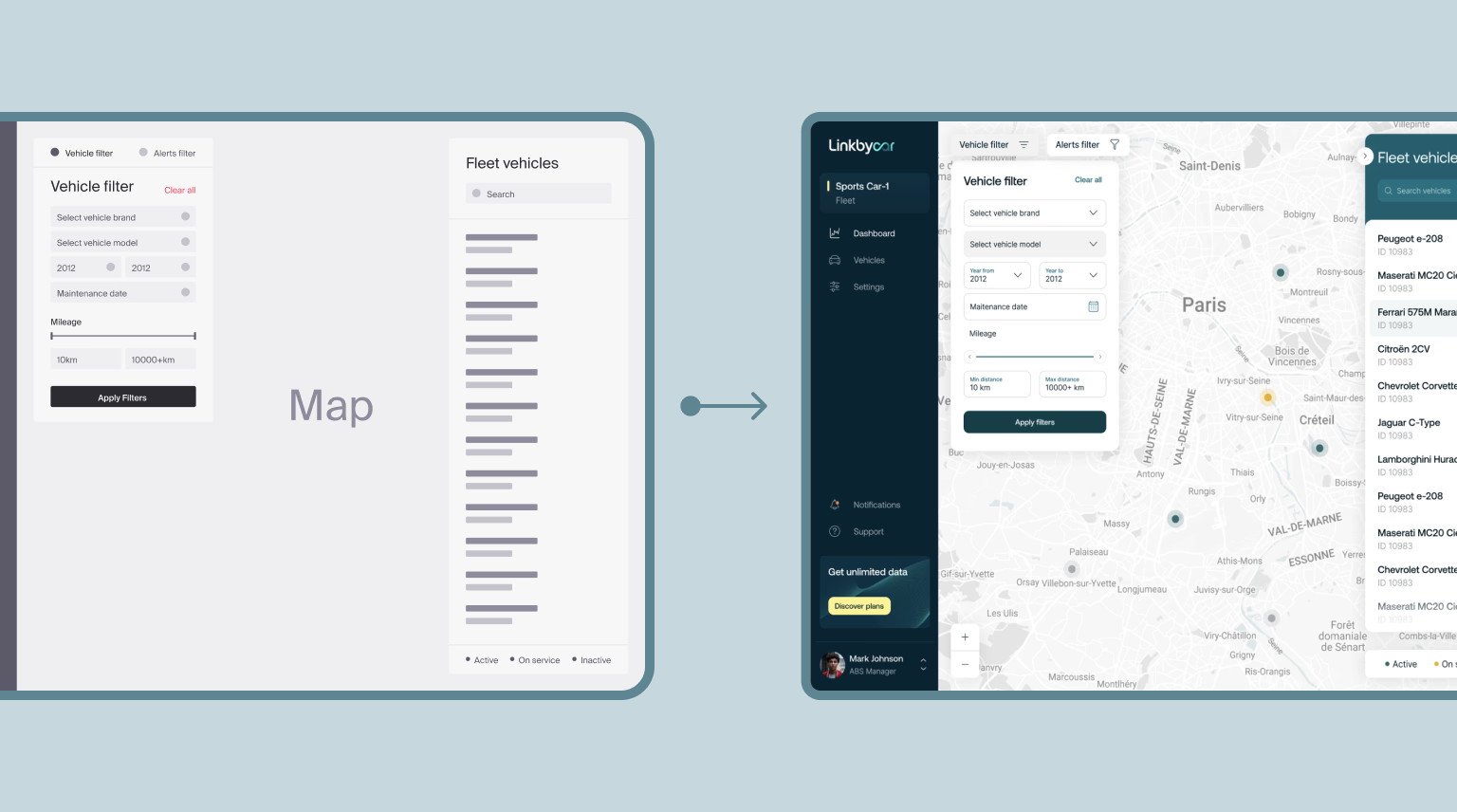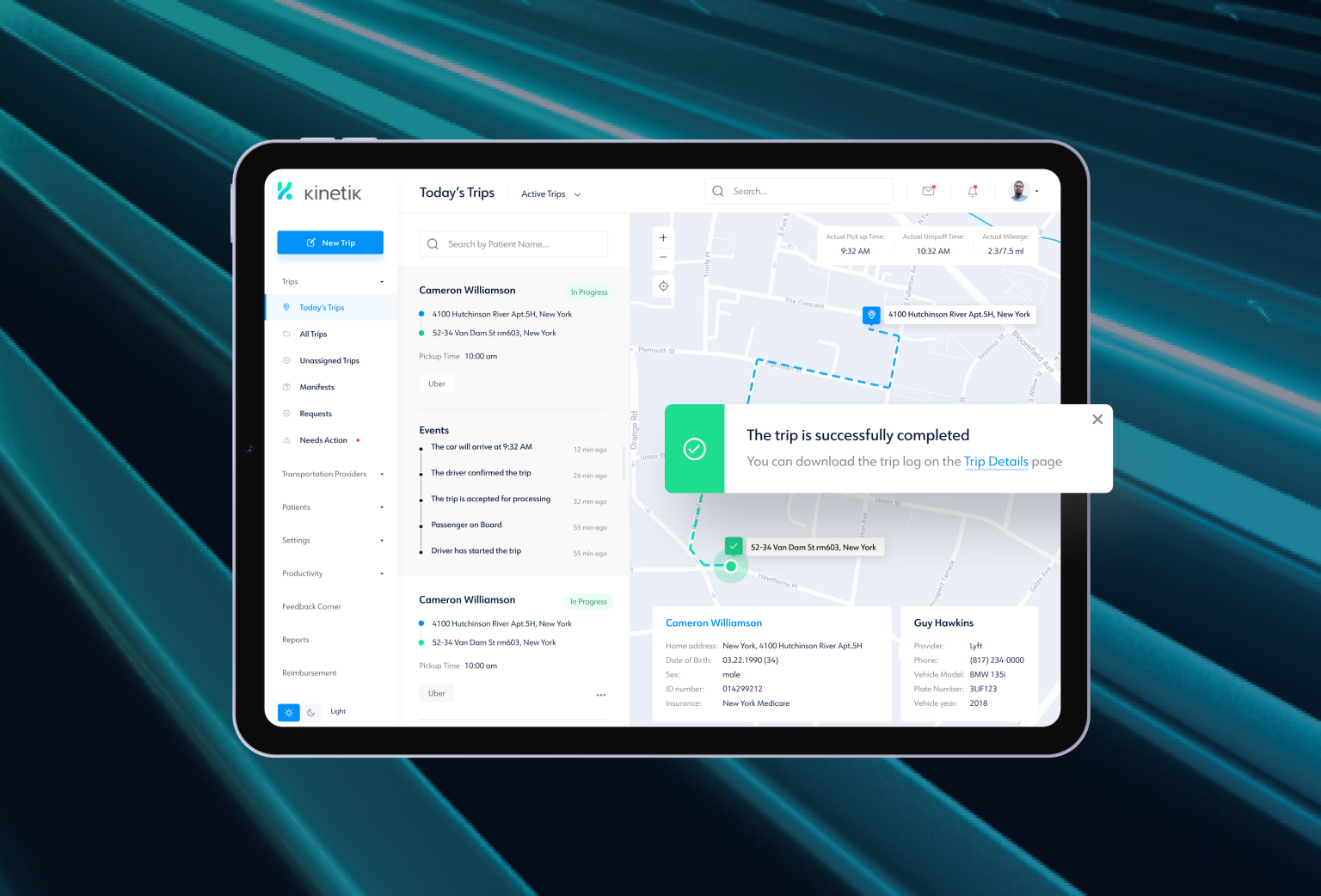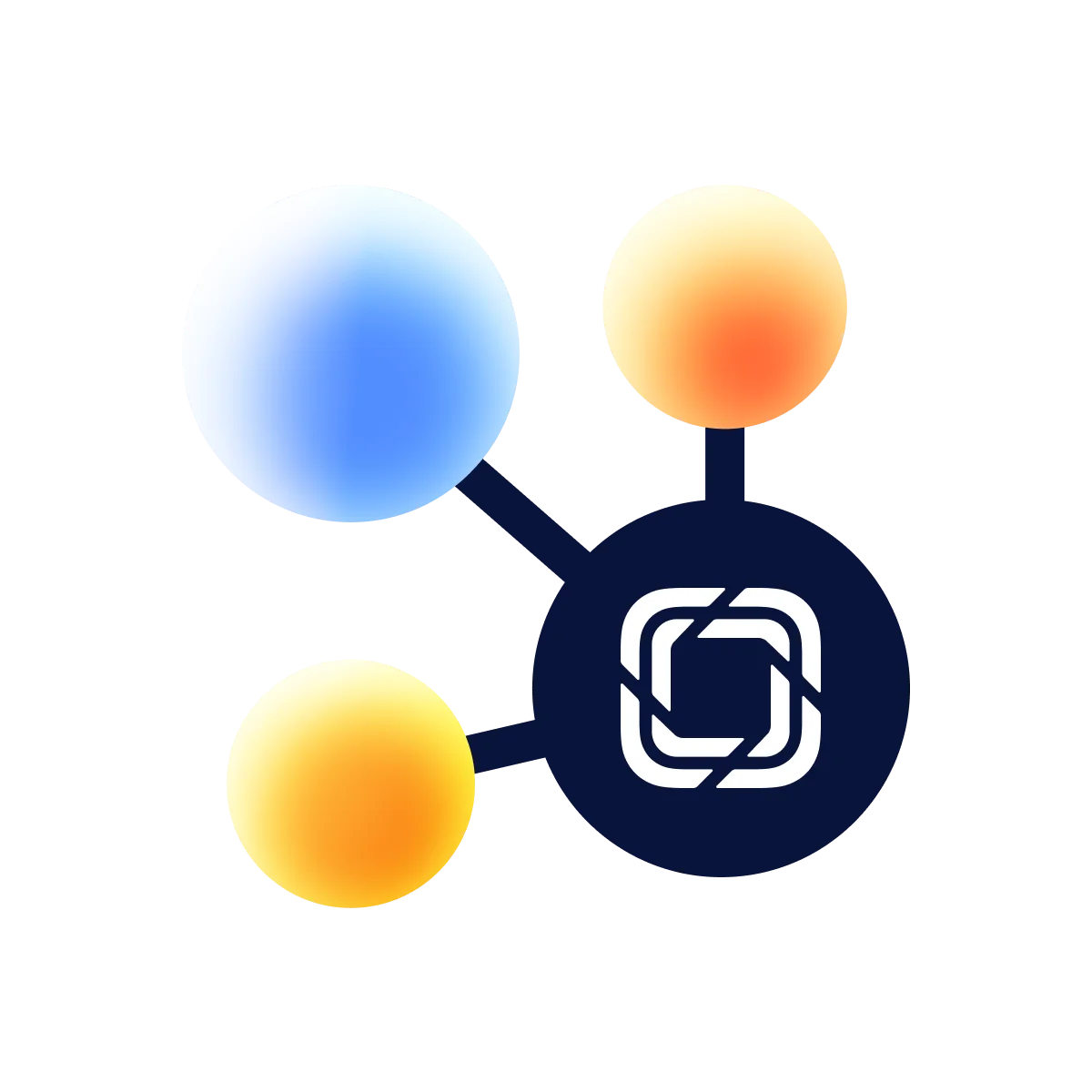Before introducing a product to the market, it’s crucial to test and validate your idea to ensure it has the potential for success. For many businesses, this means choosing between a prototype and a minimum viable product (MVP). Both play key roles in early-stage development, but each serves a distinct purpose, and selecting the wrong one can waste time, budget, and valuable opportunities.
A prototype helps visualize your product and test design ideas, but it doesn’t always provide actionable data. An MVP, on the other hand, delivers real insights from early users — yet often lacks visual polish. Understanding the difference between an MVP and a prototype is essential for making the right decision and avoiding costly missteps.
If you’re uncertain whether to go with a minimum viable product or a prototype, don’t worry, we’ve got you covered. In this guide, you’ll learn about how they work, the key differences, which one is ideal for what kind of products, and most importantly, which one best suits your business goals.

What is a prototype?
Firstly, you need to understand what exactly a prototype is. In simple words, it is an early, simplified version of your product used to explore ideas, test usability, and refine the design before full development begins. A prototype is typically non-functional or only partially functional — its main goal is to simulate how users will interact with your product, not to deliver real value.
Product and software prototyping are great for early user testing because they allow you to spot UX issues, gather feedback from stakeholders, and visualize how your product will look and feel without writing a single line of code. Catching design flaws early helps save developmental time and costs later on.
Many companies, such as Facebook and Airbnb, have begun with prototypes of their products and services. Apple is also well known for its rigorous prototyping process, using it extensively to refine products before they hit the market.

Prototypes & development stages: which one to use and when?
There are different kinds of prototypes, and which one you’ll need depends on the development stage of your product. Each type of prototype has its advantages, supporting your unique goals at different points of your product’s developmental process.
It’s not just about saving time. The right prototype can steer your product toward success.
At the earliest stage, you’re testing assumptions, shaping the layout, and aligning your team before going deep into development. This is where low-fidelity prototypes — like sketches, mockups, and basic wireframes — are most useful. They’re fast to create using tools like Figma or Miro and ideal for validating rough concepts.
Once the structure and user flows take shape, you’ll need high-fidelity prototypes. These interactive, clickable versions mimic the real product, helping teams evaluate navigation, refine UI choices, and conduct usability tests. They’re especially valuable for spotting friction points and optimizing user experience before development begins.
If you’re unsure how to approach this process, our article on User Testing for Improving Product Development offers a step-by-step guide, from selecting participants to gathering feedback and translating insights into design improvements.
Finally, for stakeholder presentations or investor pitches, you’ll need a functional or near-functional prototype. The primary criterion is that it must clearly showcase the product’s value proposition, with sufficient interactivity to enable potential investors to understand what your product can do. This kind of prototype helps communicate the end-user experience while still being cost-effective compared to a full build.

However, it can still be confusing to figure out whether you need wireframes, mockups, or full-fledged prototypes. If you’re in the same situation, our detailed guide, The Differences Between Wireframes, Mockups, and Prototypes, will prove very resourceful, as it breaks down when and how each should be used.
What is an MVP?
As the name implies, a minimum viable product (MVP) is the most basic version of your product or software that includes only its key functionalities. It’s completely functional and customer-ready, used to accelerate the product’s launch and gather valuable feedback. For illustration, think about a smartphone app that includes only the main functions without any or minimal customization options.
Why are MVPs useful? They provide a reliable foundation for testing ideas, validating market fit, and making data-driven decisions for future development. Most MVPs are built with simple design and functionality, focusing only on what’s necessary, but they can also be highly refined, depending on your goals.
Many companies, especially startups, use MVPs to deliver value fast while keeping resource use to a minimum. Others treat it as a strategic first step to attract investors. In fact, some of today’s biggest companies — Uber, Dropbox, and Slack — began with MVPs before scaling into full-fledged platforms.

If you’re also at the beginning of your journey, an MVP can be the smartest first move. For a clear and practical breakdown, check out our article, Why is MVP an Excellent Choice for your Startup?
Which products truly need an MVP?
A minimum viable product helps businesses validate ideas quickly, enter the market faster, and gather feedback from real users — all while keeping development lean and efficient. While this approach can benefit almost any product, it’s especially valuable for disruptive ideas, new feature rollouts, and early-stage startups. In each of these cases, the goal is the same: to learn fast, minimize risk, and make smarter decisions about what to build next.
For example, if you’re launching a bold or innovative idea, an MVP can help you test demand before making a full investment. Already running a product and planning a major update? A simplified version allows you to gauge user interest without draining your entire dev budget. And if you’re just starting out, an MVP gives you a way to get early traction, validate your business model, and attract funding — without overbuilding upfront.
That said, building an effective MVP isn’t as simple as it may seem. It requires the right balance of functionality, usability, and user value. That’s where professional MVP development services come in. Our skilled team can help you define the core features, prioritize what matters most, and deliver a working product that’s ready for testing — fast. With expert guidance, you can avoid common pitfalls and launch with confidence.
Prototype vs MVP: what are the main differences?
A prototype and an MVP both validate the product idea, but they serve different purposes. When comparing a prototype vs an MVP, the fundamental difference is that the former is used for conceptualization and focuses primarily on the visuals, while the latter’s main goal is to deliver a functional product to early users. You can refer to the table below for a quick glimpse of the core differences between the two.
When to use
A prototype is the best choice for the early product development phase when you’re still testing the concept, experimenting with layouts, and collecting user feedback on UI and interface design. If you want to explore usability and refine your design before getting into production, prototypes are the go-to option.
On the flip side, an MVP comes after prototypes when you’ve already validated your core idea and user flow. They are effective in testing your product in the real market with early adopters, gathering insights into customer behavior and usage, and confirming market demand.
Key features
Prototypes are significantly scaled-down versions of your product, are often non-functional, and are used to illustrate workflows, UI, and basic user interaction. As mentioned above, they can range from low-fidelity wireframes to high-fidelity clickable mockups, with a primary focus on aesthetics.
On the other hand, MVPs are functional and deliver real value to users. However, they are also stripped-down versions and come with only the essential features needed to solve a specific problem or validate a business model. Unlike prototypes, they are ready for use in the real world.
Timeline comparison
In terms of speed, prototypes are faster to build. In fact, depending on the complexity of your project, they can take just a few days or weeks. However, they are meant to be temporary and are primarily used to quickly align your team on vision and direction.
MVPs comparatively take more time because they require back-end logic, testing, and deployment. In most cases, an MVP can take anywhere from a few weeks to a few months, depending on the scope and technical stack.
Cost-effectiveness
One of the major differences between an MVP and a prototype is the cost-effectiveness. If you’re working with a limited budget or focusing on validating the visual and functional flow of your product, a prototype is a more practical option. It helps minimize risk early on by avoiding unnecessary development and keeping resource use low.
MVPs typically require more investment, but they also bring greater potential for return. By launching a functional product to real users, you can test market demand, attract investor interest, and even begin generating revenue, making the added cost a worthwhile step toward scaling your product.
Complexity
Prototypes aren’t very complicated by nature. In fact, they aren’t engineered to handle real users or large data and are made to test assumptions. They require considerably fewer resources and time than MVPs.
MVPs, on the other hand, offer real functionality. Despite not including every feature, they must be reliable and usable. Moreover, if you’re planning to integrate third-party tools, databases, or payment systems, the complexity will further increase.
Target audience
Prototypes are mainly geared towards internal stakeholders, designers, developers, and small test groups. They’re a visual and functional reference point and not something you’d ship to your customers.
MVPs, conversely, are targeted towards early adopters or your first real users. They’re the preferred option for startups validating market demand or for established businesses to test new features and/or products.
How to decide if my business needs a prototype or an MVP?
By now, you have a solid understanding of the differences between a prototype vs a minimum viable product. The next step is determining which one fits your current stage and business goals. While both can be valuable, limited time and resources often mean prioritizing one approach over the other.
If you’re still exploring your core concept, refining key features, or figuring out user flows, a prototype is a better starting point. It allows you to experiment, run usability tests, and catch design flaws early. This stage is about internal clarity — aligning your team, shaping the product vision, and reducing risk before moving into full development.
Skipping this step too soon can lead to avoidable mistakes: building features no one needs, addressing problems that don’t exist, or launching with a confusing user experience. Prototypes help validate your assumptions before writing code, saving time, money, and frustration down the line.
On the other hand, if your idea is well-defined and you’ve already validated the basic concept, it’s time to move forward with an MVP. This is where real-world feedback becomes essential. An MVP gives you direct insight into user behavior, market demand, and traction. It may require more resources than a prototype, but the return in data, engagement, and potential revenue can be well worth the investment.
Prototypes save money in early design, while MVPs give returns in early market testing.
The feedback from each is different. Prototypes help test ideas and direction; MVPs test functionality and viability. A polished mockup can show how your product might work — but only an MVP can prove whether users will actually use it.
If you’re unsure whether your idea is even technically feasible, there’s also a third option: building a proof of concept (POC). A POC lets you test whether a specific technical challenge can be solved before committing to full design or development.
In the end, the choice comes down to what you need to validate: internal direction or market response. Knowing which stage you’re in — and what insights you need next — will help you move forward with confidence and avoid costly missteps.
in your mind?
Let’s communicate.

Frequently Asked Questions
Which should I build first: a prototype or an MVP?
Start with a prototype to explore and test your product’s concept and design. Once you’ve validated the idea and are ready to build a functional version for users, you can move on to an MVP.
Can a prototype be used for market validation, or do I need an MVP?
If market validation is your goal, an MVP is a better option. It allows you to test real-world demand and user behavior. Prototypes are helpful for internal feedback and design decisions, but aren’t designed for market-level testing.
Do investors prefer seeing a prototype or an MVP?
Most investors want to see what your product can actually do, which makes MVPs more compelling. However, strong prototypes can still support early-stage pitches, especially when the concept is clear and well-executed.
Can a prototype be turned into an MVP?
Yes — that’s often the natural progression. A prototype can serve as the foundation for your MVP. Once you’ve refined the concept, you can build out core functionality and connect it to real systems.
What if I’m unsure whether something is technically possible?
In some cases, especially when the product idea is highly technical or experimental, building a proof of concept (POC) may be a better starting point. Unlike prototypes and MVPs, a POC focuses on validating whether a specific technical approach is feasible, rather than testing usability or market demand.





















.webp)





